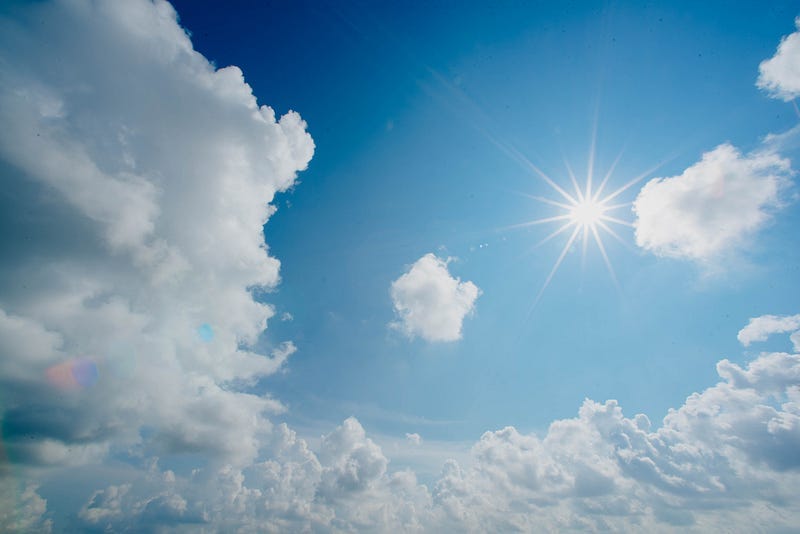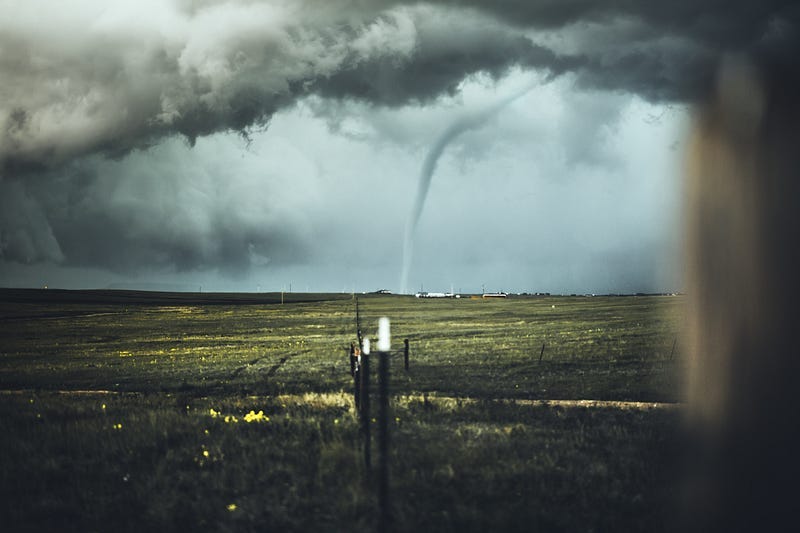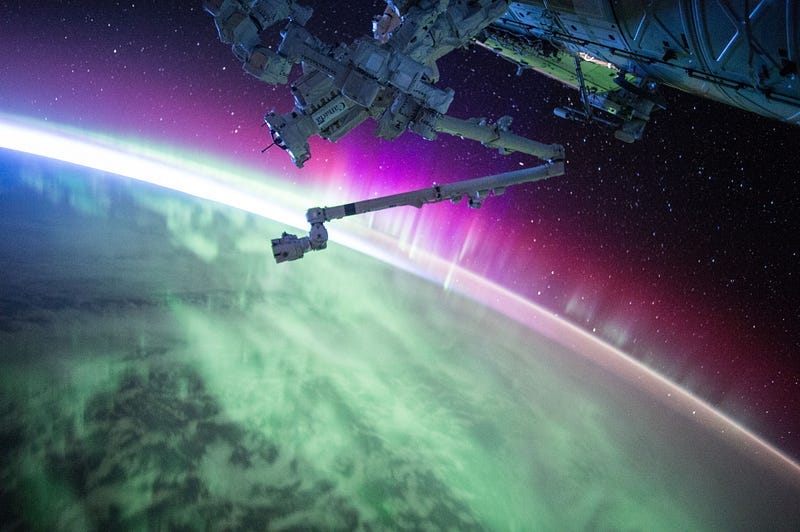Understanding the Earth's Fragile Atmosphere
The Earth spans 12,742 kilometres (7,918 miles) in diameter, yet the atmosphere surrounding it is remarkably thin in comparison to the planet's size.
Most experts regard an imaginary line 100 kilometres (62 miles) straight up from the surface of the Earth as the beginning of space; it is known as the Karman line. Approximately 90% of the atmosphere lies below this line.
The farther the atmosphere stretches upwards, the thinner, or less dense, it becomes.
The atmosphere surrounding the Earth contains all the gases retained by the Earth’s gravity. It is what we breathe.
The atmosphere is important for many reasons. This layer of gas protects us, and all other species, from the heat and radiation emanating from our local star, the Sun.

21% of the atmosphere is composed of oxygen, which is crucial for all life on Earth.
The other components are 78% nitrogen, 0.93% argon, 0.04% carbon dioxide, and trace amounts of other gases. It also contains a significant amount of water vapour.
One estimate suggests that the atmosphere can hold almost 13,000 cubic kilometres (3,118 cubic miles) of water at any one time.
A cubic kilometre of water holds one trillion litres, which is 1,000,000,000,000.
So it’s not surprising that we witness flooding in many parts of the world.
Weather describes the state of the atmosphere at particular times and places. Temperature, moisture, cloud cover, and wind strength are all directly involved in weather patterns.
Extreme weather conditions include hurricanes, tornadoes, floods, tropical storms, and lightning strikes, to name a few.

We humans are endangering our life-giving atmosphere.
An estimated eight billion people are alive today, all of whom are contributing, one way or another, to the pollution that is poisoning our beautiful world.
When are we going to put it right, before it’s too late?
British spelling.
In Knowledge Sponge, I’ll be diving into the wonders of the universe and life through a series of engaging and thought-provoking short stories.


